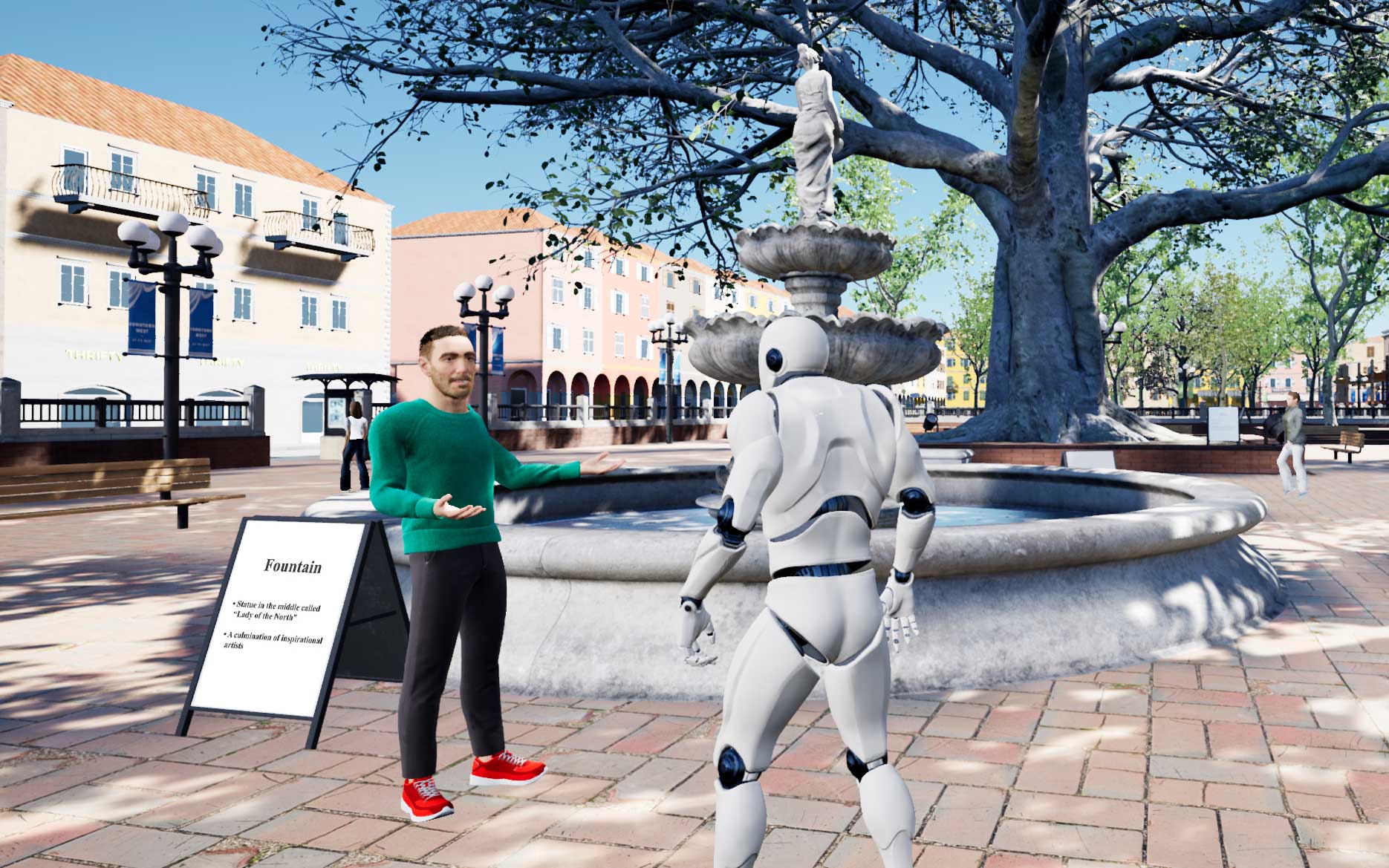
Revolutionary Amphibious Robot Imitates Canine Paddling for Unmatched Land and Aquatic Mobility
In an extraordinary development set to alter the landscape of robotic exploration and emergency response, researchers have engineered a groundbreaking amphibious robot that marries exceptional mobility across land and water. Known as the Amphibious Robotic Dog (ARD), this cutting-edge invention takes cues from the swimming technique of actual dogs, providing a remarkably efficient and adaptable transportation method that could transform uses from environmental surveillance to disaster recovery and defense operations.
Departing from conventional designs that typically mimic reptiles or insects, the inventors of the ARD have drawn inspiration from mammals—particularly, the biomechanics of dog swimming—as the foundation for their innovative technology. Their findings, recently shared in IOP Publishing’s Bioinspiration and Biomimetics journal, indicate a noteworthy leap in bioinspired engineering.
A New Type of Amphibious Robot
So far, most amphibious robotic systems have faced substantial compromises between effectiveness on land and in water. However, the ARD recalibrates this balance with a biomimetic design that seamlessly integrates canine-inspired propulsion with sophisticated robotic mechanics.
Central to the robot’s capability is a dual-joint leg system designed to perform intricate movements. This arrangement mimics the natural dog paddle, which entails synchronized forward and downward limb motions that push water backward to generate thrust. The ARD’s legs not only facilitate nimble trotting on land but also generate enough power to drive the robot through aquatic settings with remarkable speed and steadiness.
“One of the persistent challenges in amphibious robotics has been achieving effective movement in both environments without sacrificing design,” states Yunquan Li, the study’s lead author. “By analyzing the natural swimming behaviors of dogs, we engineered a robot that modifies its gait and mechanics according to the terrain, providing both efficiency and adaptability.”
Tri-Gait Aquatic Approach
To further boost the ARD’s versatility, the team created and evaluated three unique underwater swimming gaits:
1. Two Lateral Sequence Paddling Gaits (LSPG) with 25% and 33% power phases:
– These gaits are designed to enhance speed and thrust.
– By alternating limb propulsion, they maintain steady momentum while reducing resistance.
2. A Trot-Like Paddling Gait (TLPG) with a 50% power phase:
– Emphasizes stability over speed, supplying safer navigation in turbulent or obstacle-filled water conditions.
Experimental trials showed that the dog-inspired lateral sequence gaits achieved a maximum swimming speed of 0.576 kilometers per hour (0.16 meters per second), while the trot-like gait traded some speed for consistent stability. On land, the robot reached speeds of about 1.26 kilometers per hour (0.35 meters per second)—comparable to existing small-scale robotic platforms.
Optimizing Balance and Buoyancy
Engineering for dual-environment performance demands meticulous design, particularly in weight distribution and buoyancy management. If a robot is overly heavy or unbalanced in water, it could sink or maneuver poorly; conversely, if engineered solely for aquatic movement, it could be too slow or fragile for land tasks.
The ARD’s designers have precisely aligned the center of buoyancy and center of gravity to ensure stability across various surfaces. Waterproof engineering, combined with a lightweight yet sturdy exoskeleton, guarantees the robot operates effectively under varying circumstances.
Integrating Biology and Engineering
Prior to the physical construction phase, the researchers simulated the robot’s hydrodynamics using theoretical models. They scrutinized actual dog swimming footage to identify standard paddling trajectories, then replicated these through mathematical simulations and mechanical algorithms. Subsequent measurements in laboratory water tanks validated their hydrodynamic calculations.
These simulations enabled engineers to discover which movements yielded the highest thrust and the least drag, optimizing limb motion and paddle design before moving to hardware production. The validation included both static and dynamic assessments, ensuring that predictions aligned with real-world performance.
Towards a Future of Amphibious Utility
The ramifications of this robotic innovation are considerable. The ARD could be deployed in areas where unpredictable terrain obstructs conventional wheeled or tracked vehicles. From maneuvering through flooded urban landscapes during natural calamities to exploring ecologically sensitive wetlands or conducting military operations in amphibious border zones, the ARD’s dual-terrain capability positions it as a versatile asset across a range of sectors.
Potential applications include:
– Search and Rescue: Rapidly reaching regions affected by floods, hurricanes, or coastal disasters.
– Environmental Research: Observing wetlands, lakes, and other aquatic ecosystems without disrupting the habitat.
– Military Reconnaissance: Functioning in beach landing zones or riverine areas, where adaptability and stealth are vital.
– Robotics Education and Biomechanical Research: Providing a practical example of how biomimicry can address engineering challenges.
Conclusion
The Amphibious Robotic Dog heralds a new chapter in robotics, where inspiration from nature extends beyond shape to enhance functionality. By